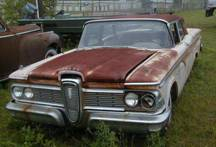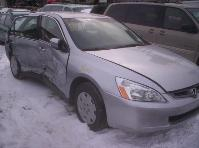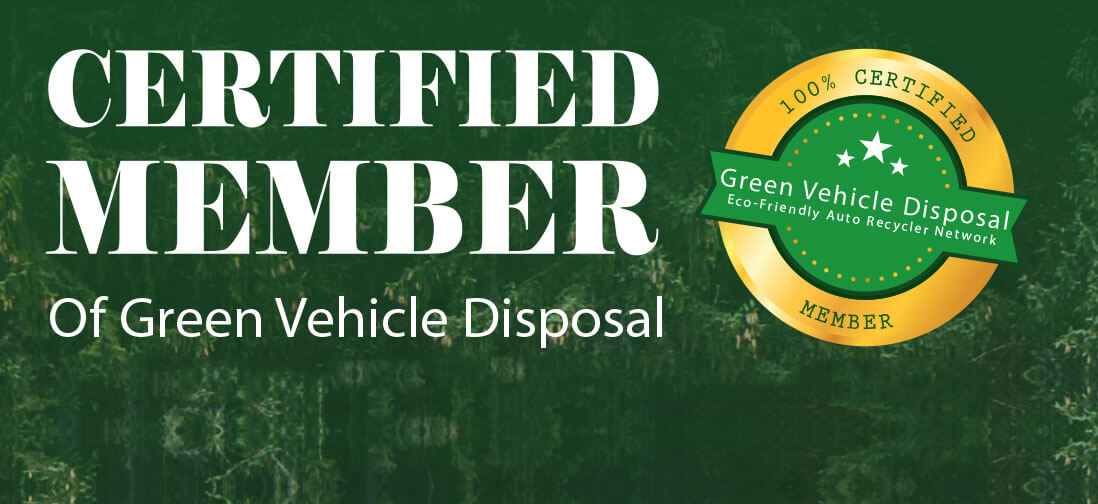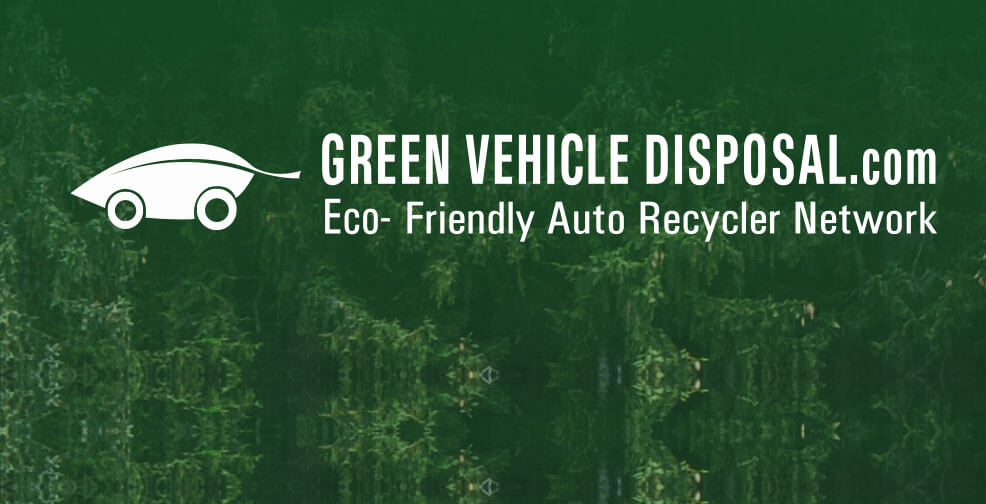To prevent the build up of waste accumulated by end of life vehicles by promoting and initiating the collection, reuse and recycling of their components, working toward the final goal of a sustainable environment.
How this can be achievedThe community approach toward waste management with the underlying vision of a sustainable environment is based primarily on two important factors.
- Avoiding or substantially decreasing the final “waste” of a product by improving product design. This would occur at the initial stages of research and development.
- Increasing the recycling and reuse of waste and/or creating initiatives that promote this vision.
A vehicle that has come to the end of its useful life. End Of Life Vehicles may then be broken down into two categories; Natural and Premature End Of Life Vehicles. A “Natural” End Of Life Vehicle is one that has come to the end of the road due to natural factors. A “Premature” End Of Life Vehicle, on the other hand, is one that is no longer of use due to accident, fire, etc. See examples below:


The beginning of End Of Life Vehicles:
In November of 1996, various governmental bodies within Europe created a commission to legislate on waste. Specifically, the Commission was based on End Of Life Vehicles and raised significant questions as to who should accept accountability for the waste generated by these vehicles.
The Commission concluded that new legislation was needed with respect to this type of waste given its nature and potential threat to the environment if left untreated.
The Organization for Economic Cooperation and Development (OECD) Working Party on waste streams also shared a similar view and considered the proper treatment of End Of Life Vehicles as a major step toward significantly reducing waste created by end of life vehicles and their harmful by-products, while working toward the final goal of creating a sustainable environment for future generations.
Based on this need, several governmental organizations and discussion panels met, all with the following recommendations aimed toward significantly minimizing environmental harm or damage while appropriately disposing of the waste created by End Of Life Vehicles.
These include:
- The need for a common code of conduct among those involved in the removal and disposal of End Of Life Vehicles.
- The need for further research may be required to identify the overall impact of End Of Life Vehicles, as the immediate concern is enough to suggest the recommendations of the End Of Life (EOL) Vehicle Directive are necessary.
- The action taken now to reduce the harm created by the improper treatment of End Of Life Vehicles, and the fact that it will aid toward the future progress targets of the reduction, reuse and recycling of End Of Life Vehicles.
Presently, around 75% of End Of Life Vehicles are recycled. This, however, only accounts for the metal content of End Of Life Vehicles. Future hopes of this initiative also include increasing the rate of reuse and recovery to 85% by 2006. Furthermore, it is hoped that by 2015 this percentage reaches 95%. Another aim is to increase the rate of reuse and recycling to 85% by 2015. Although these rates may seem difficult to achieve, various policies and guidelines have been put in place to ensure these aims are realized.
The End of Life Vehicles Directive:
The following is a summary of recommendations made with respect to the treatment and future impact of End Of Life Vehicles.
They include:
- The need for international code of conduct with respect to End Of Life Vehicles for the automotive industry.
- The certification and accreditation of all bodies involved in the dismantling of End Of Life Vehicles, whether natural or premature, that meets all environmental standards and regulations.
- The consideration of the End Of Life Vehicle Directive model as a self-regulatory model and used to accredit and monitor the activities of the industry.
- The development of mandatory targets must be developed for the appropriate reuse and recycling of End Of Life Vehicles.
- The development of a task force by auto producers, importers, governments, auto recyclers and shredding operations must come up with a task force to adequately assess and address the issue of Automotive Shredder Residue (ASR) at a global scale.
These major recommendations as well as countless minor ones were taken into consideration and greatly aided in the development of the End Of
Life Vehicle Directive.
The central aim of this directive is to reduce the amount of waste created by End Of Life Vehicles. The directive is broad-ranging in that it:
- Inhibits the use of specific heavy metals in newly produced vehicles, beginning July 1 2003.
- Implements a Certificate of Destruction (COD) for scrapped vehicles, stating the vehicle had been disposed of in a correct manner.
- Makes it of utmost importance that producers make vehicle components that aid with identifying what the part is compiled of, that will facilitate with the potential and foreseeable increases in recycling.
- Makes it mandatory that vehicle producers must provide a “free take-back” for all End Of Life Vehicles produced after July 1 2002 even if such vehicles have a zero or negative value at the end of its life.
- Makes it mandatory that all vehicle producers allow the availability of dismantling information of new vehicles to assist in the appropriate breaking down of End Of Life vehicles.
- Stipulates that Authorized Treatment Facilities, all of which abide by environmental standards and all applicable legislation, can treat EndOf Life Vehicles only.
These important factors, as well as many others, showed the desperate need for similar policies in North America. GreenVehicleDisposal.com was founded on the need and premise of many of the above-mentioned factors and the lack of a regulatory body in North America as far as End Of Life Vehicles are concerned.
The preceding has traced the history, this is just the beginning….What can you do to help?



